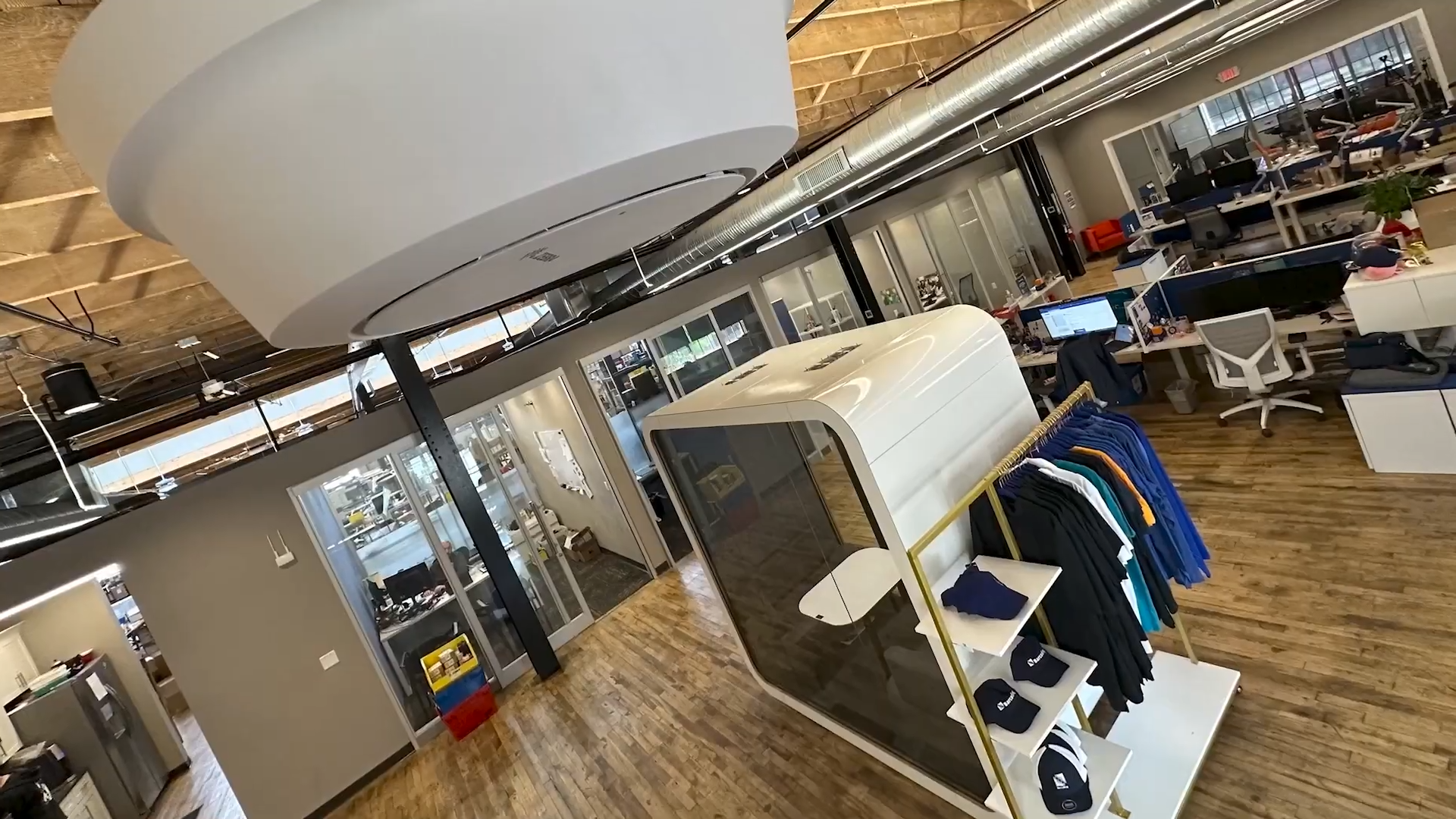Many Health Care Organizations are faced with increasing demands to do more with existing resources. This forces organizations to look at ways to optimize their processes. One area hospitals can focus on is tracking patient belongings. This can improve the efficiency of front-line staff, increase patient satisfaction, and reduce the number of claims for lost property.
There are many resources available, and methodologies for process improvement in general, here are a few items to consider when looking at streamlining patient belongings tracking in particular.
1. Analyze your current workflow
Review all the steps involved in property collection storage, retrieval, and return. It’s important to be thorough in this stage, reviewing procedures in all relevant departments, since what might appear to be a trivial process step can have a major impact on efficiency. Understand not only how a task is performed, but also why. If the task is not adding value, it is a potential area for improvement or deletion. Ensure that you review hospital policies related to the management of property and valuables, retention of the property after a patient leaves, how to handle a deceased patient’s belongings, etc. Your goal will be to understand what’s going well (internal best practices) and what isn’t (pain points). Document the process, business rules, and other findings.
2. Look for opportunities to improve and automate the new process
Focus on the pain points from your analysis and look for areas of ambiguity, inconsistency, or communication breakdown. Understand if you need to address any process gaps to adhere to the policy. Make sure to include Nursing, Security, and other staff to help get buy-in on the new solution. Also, quantifying baseline metrics and goals can help with evaluating the effectiveness of your improvement initiative. When improving the patient belongings process, here are 5 points to consider:
- Simple and efficient data collection: Documenting property collection needs to be simple and efficient in order to be successfully adopted. Standard checklists for property collected, minimizes typing or writing. Capturing photos achieves similar goals.
- Accurate data collection: You’ll need to accurately capture the patient ID, property bag ID, and storage location. Barcodes ensure this is done rapidly and accurately
- Granular storage location definitions: Identifying exactly where the property is located will speed the retrieval process. If current storage locations are too broad, look for ways to utilize bins, zones, etc. to narrow down a location. Location barcodes can facilitate this.
- Ensure users have visibility to all property and locations so that nothing is left behind during retrieval, or that no time is wasted retrieving property.
- Document the handoff between the patient and the health care organization. Obtain patient acknowledgment when collecting or returning property. Also document if a patient is unable (e.g., incapacitated) or unwilling to sign for the transaction.
3. Implement the new workflows
At this point, you’ve put a lot of effort into analyzing and improving your property collection workflows. That work can be in vain if the new processes are not adopted. Here are a few important factors:
Communication: Ensure that you have effective messaging that explains what the change is, why it’s needed, and the value that it brings to both the organization and the individuals impacted. Think about how the new patient belongings process increases the efficiency of Nursing, Security, and other staff. Reducing the administrative overhead for these users allows them to focus on their core job responsibilities.
Identify champions for your initiative: Recruit influential individuals to serve as change champions advocating the change from within a team. They will work with and support front-line staff, communicate the value and benefits of the solution and promote buy-in. Additionally, it’s important to ensure you have an actively involved project sponsor from the leadership team that communicates the importance of the change and helps to remove any roadblocks during implementation.
Training: Design training that identifies each group’s needs and any gaps in knowledge. When implementing new software to automate the patient belongings tracking workflow, ensure users understand how to navigate the software itself and integrate it into their process as well as the supporting process to resolve any technical issues.
4. Test and adjust the workflow as needed
Once implemented, monitor and evaluate how well the new process is working. Are you seeing the expected outcomes? Are there adjustments that need to be made now that the changes are implemented? Change champions can be a good resource to provide insight. Review feedback and metrics, and make adjustments as appropriate.





